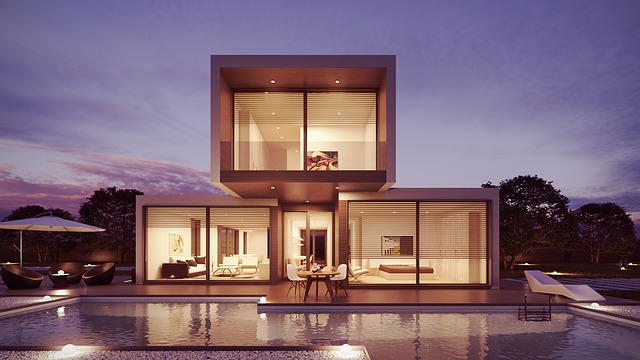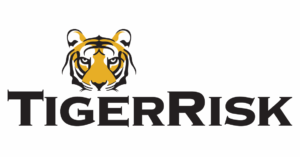The recently reported monthly pending home sales have reached their highest level in two years. As the housing market turns a corner, investors are not far behind. More than
percent more people invested in real estate investments trusts last year than the year before, and more and more into eco housing is a prime concern.
We spoke to a property and bridging loan experts www.bridgingloanscalculator.com who told us that one of the hottest trends in property investing is in green retrofits, buildings upgraded for resale with eco-friendly and energy-efficient materials, products and features. The trend is already well established is the commercial sector. Now investors are eying the residential market as well. These top five tips can help guide investors to sound eco real estate deals.
- Top Eco Residential Property Features
Proven energy-efficient technologies and features that will increase the value of a home include energy-efficient windows, Energy Star appliances and electronics, high-efficiency insulation, water-saving plumbing fixtures and photovoltaic hot water heating systems and energy systems.
- Energy Performance Certificate (EPC)
Energy Performance Certificates (EPCs) are needed whenever a property is:built sold rented.You must order an EPC for potential buyers and tenants before you market your property to sell or rent.
In Scotland, you must display the EPC somewhere in the property, eg in the meter cupboard or next to the boiler.
An EPC contains: information about a property’s energy use and typical energy costs recommendations about how to reduce energy use and save money
An EPC gives a property an energy efficiency rating from A (most efficient) to G (least efficient) and is valid for 10 years.
- Changing Expectations
While eco-friendly materials appeal to many homebuyers, most homebuyers entering the market today are looking for home improvements that will substantially lower the home’s energy costs without adding too much to the upfront costs. As energy costs continue to rise, experts expect that attitudes will change significantly within the next five to 10 years and predict a time when homes without energy-efficient features will be viewed as “energy fixer-uppers.”




